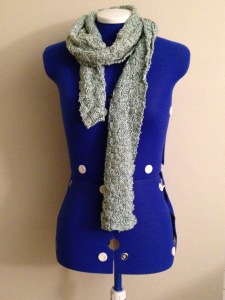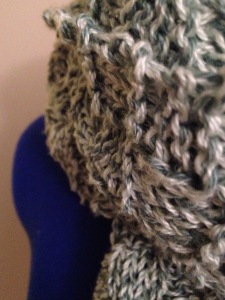I started sewing in Junior High. My reasons for doing so at the time were rooted in an unexpected love for patchy clothing (especially denim vests), a thirteen year old’s distaste for the women’s clothing industry and how tight it made all my clothing, the need to alter volunteer t-shirts for warm weather, a form of environmentalism based in the concept of reusing and, of course, boredom.
When I first bought my sewing machine my grandmother gave me a box of old jeans, some of which I’ve used in my earlier attempts at dress-making, some of which are still in an ikea storage container under my bed. My earliest attempts at clothing are slightly disastrous – now I find them entertaining – but what I found at the time was that no matter how flawed or ill-fitting or floppy the results were, I would love them with all my heart and, determined, wear them around downtown on my way to the library trying desperately to avoid paying attention to the looks I was receiving.
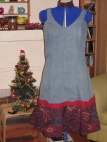


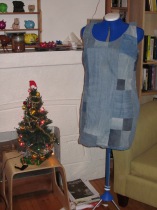
Yes, the breast pocket is a peace sign.
It is now many years later. I would like to think I’ve improved slightly. I’ve invested in fabric scissors, and my love for patches is slightly diminished. I have learned how to plan. I’ve branched out from sewing into knitting, spinning wool, weaving (when I have access to a loom) and carpentry (to a lesser degree) and I still think that buying the sewing machine and just deciding that I was going to make things was one of the best decisions I have ever made – at the very least the best decision I made in Junior High.
And this is why.
1. It feels good.
As much as I admire Netflix, I now find it difficult to watch television without doing something with my hands. I’ve found that when I feel stuck, or sad, or bored, whether it be a few hours, or a couple weeks, the most failsafe way to improve my mood is to start, to work on or, best of all, to finish a project (and then I wear it to work the next day) There is a certain kind of joy in making something – it’s difficult to describe, but it is a very tangible joy. Especially if you make something useable and you use it constantly, or if you create something beautiful that you can wear it becomes an outward reflection of good feelings. It also feels pretty good to work at and improve a skill.
2. It’s easy to personalize, and very easy to love.
The first time I actually went out to buy fabric for a project was when I made my graduation dress. I had tried to shop, and I had decided that fashion contained far too many sparkles, so I found a blue embroidered cotton, a pattern that didn’t match my fabric, and I went at it. I will probably heavily alter the dress before I ever wear it again, but I will always be glad that I did it, and wearing it felt so much better than just finding something in a store and throwing it on.
3. It increases the worth of whatever it was that you made.
Consider the difference between receiving as a gift a scarf that someone had knitted, and a scarf that they had found in a store. The knitted scarf carries a connotation that someone put time and effort and care into making something.
Things that you make, even more for yourself than if you were to give it as a gift, hold so much value. You know all of its flaws, you know it’s better than the last time you tried, you remember sitting there counting out the stitches, or cutting out the fabric. It is very much yours, and you will be proud of it, because you made something out of nothing (or something else).
4. It saves you money
I love sweaters – I get very cold very easily and I like large, fluffy sweaters that keep me warm and happy in a portable nest of coziness. I also have a rule for myself that I’m not allowed to buy sweaters. Or scarves. Or anything knitted, really. I actually feel like people in stores judge me because I’ll take pictures of cable patterns to figure out later but I won’t buy anything. Part of this is because I’m reluctant to support an industry that can label a sweater as hand knitted and claim it’s worth under 100 dollars. Excluding material costs, if someone were being paid 10 dollars an hour to knit, and if it’s telling the truth about the sweater being handmade; well the upshot is that you can’t knit a sweater in ten hours. Unless the yarn is massive and you knit non-stop at top speed.
Part of the reason is also that I’ve found once you make your own clothing, you can spot something in a store and think of how to make it better, or how to make it yours, and you want to go home and knit more than you want to buy anything. Also, knowing how to make clothing means knowing how to repair it instead of buying something new. It means knowing how to alter something cheaper – possibly something second hand – to suit your needs instead of shopping for something perfect and expensive.
Finally, there is also the fact that so much clothing in stores is made to be disposable. Frayed and unfinished seams are presented as a fashion statement when they are just encouraging clothing to fall apart. Cheap clothing is cheap. I found flannel (100% cotton) for on sale a few years ago. I think I paid about ten dollars and I have enough to make about three shirts that will last me for a while.
5. It’s more sustainable than endless shopping.
Being able to maintain, repair, and reuse materials (not to mention making things a better quality in the first place) saves resources, saves you money, saves shipping costs. Having more appreciation for things that you made and love is just better than buying throwaway clothing. This is equally a mentality thing, and very much something that I’m still constantly working on.
6. Because we can
And simplistic as that may be, I stand by it.
We can create. so why wouldn’t we.
~








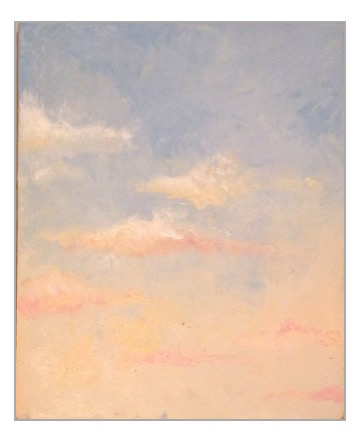
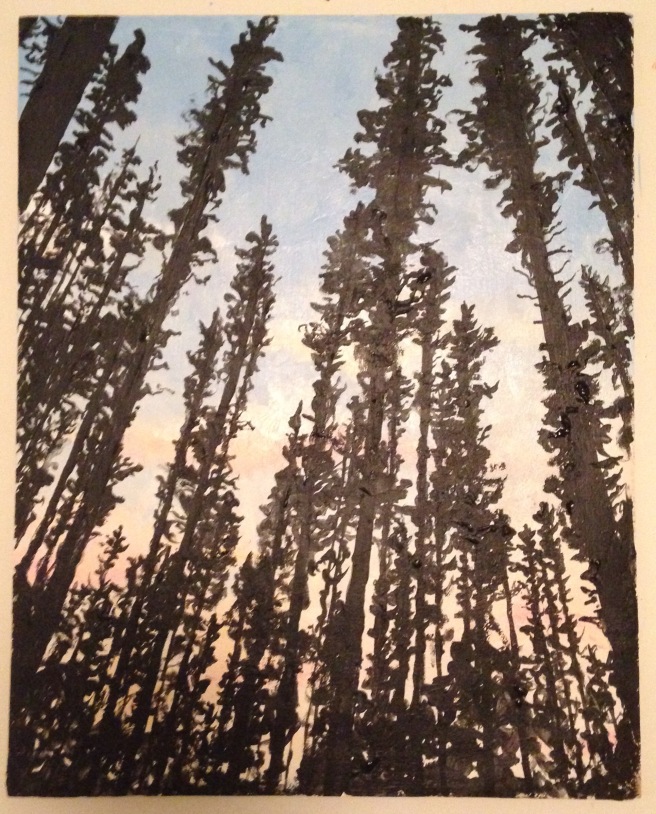


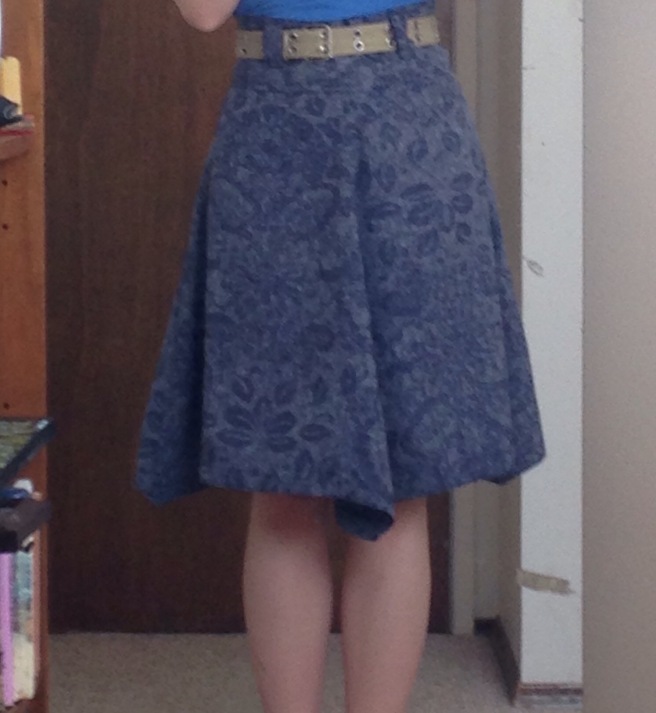
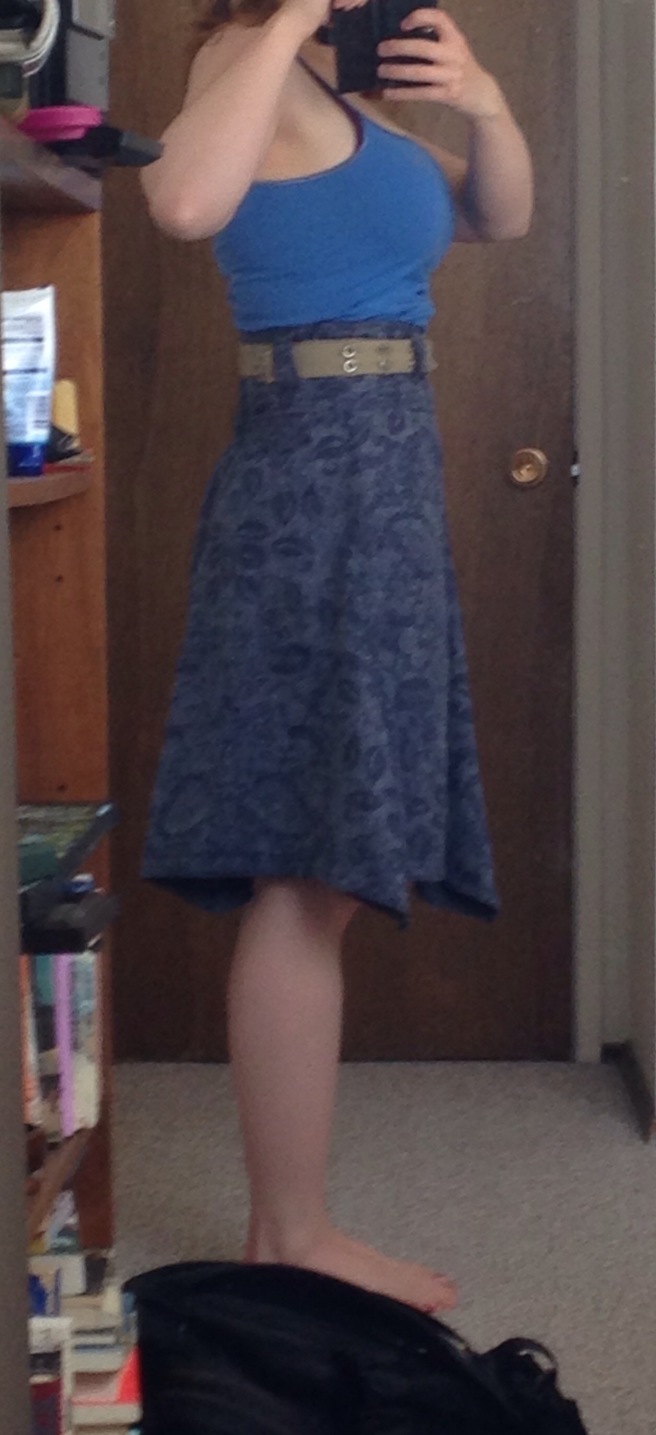

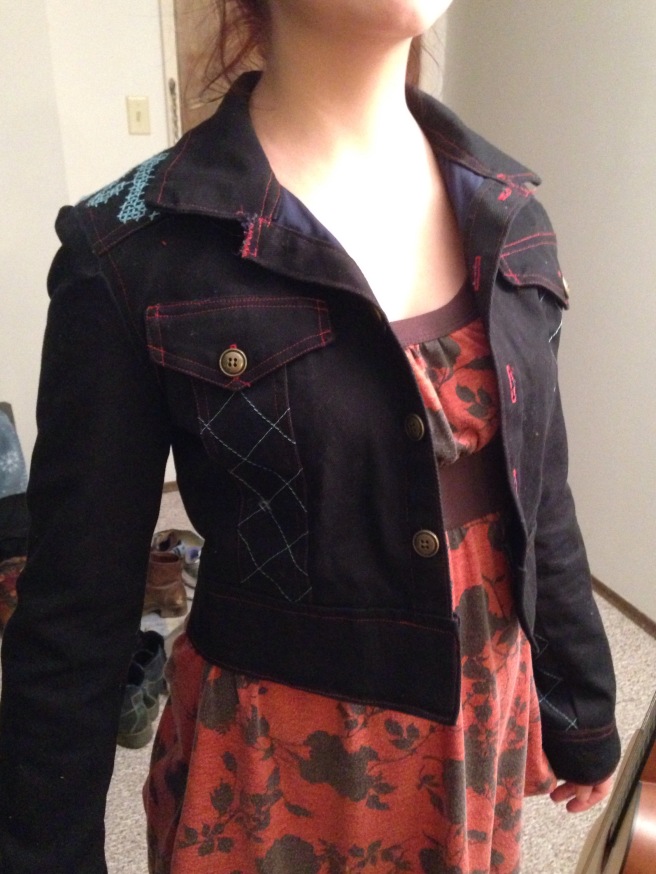
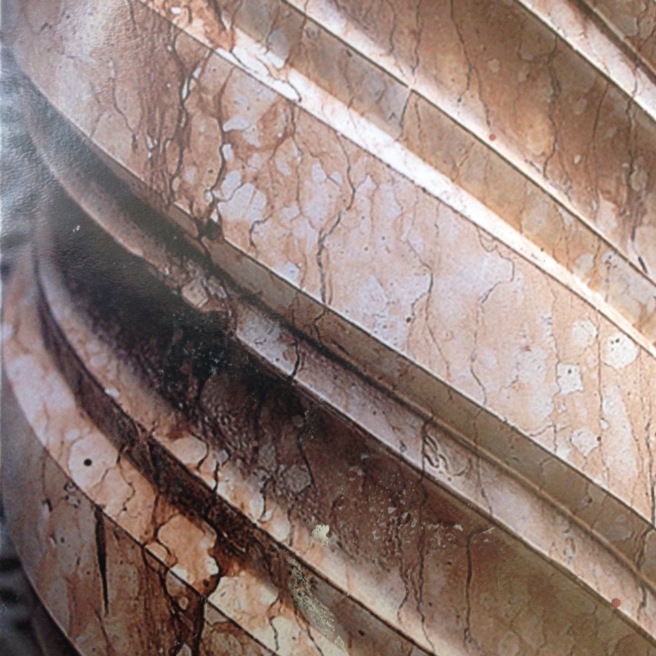

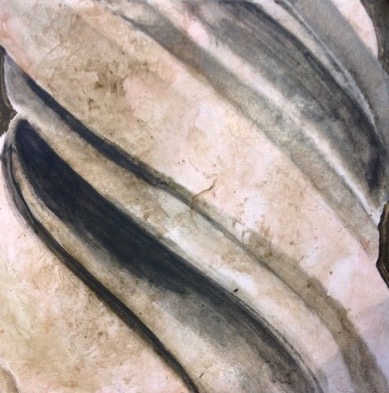
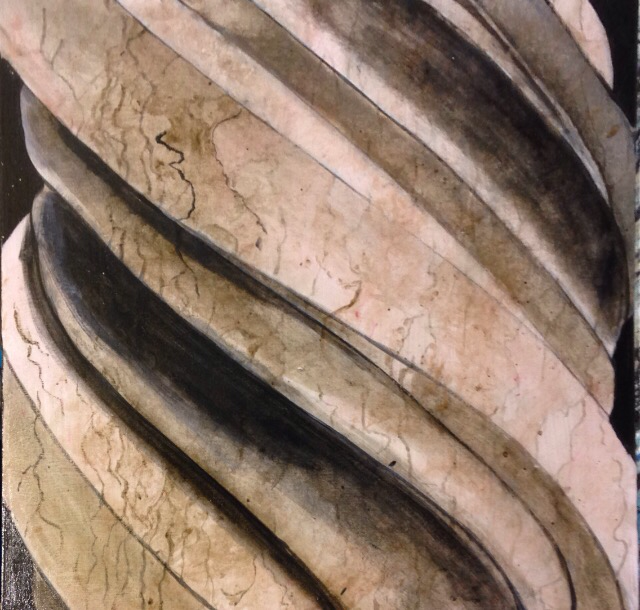

 I was extremely proud of it. I went through the project with no major problems – there was one sad misplaced pair of dados that I made symmetrical so as to pretend they were intentional (see the sides of the bottom shelves) It was the first piece of furniture I had ever built and, as happens with the clothing I make so often, the thought of using it made me ridiculously happy.
I was extremely proud of it. I went through the project with no major problems – there was one sad misplaced pair of dados that I made symmetrical so as to pretend they were intentional (see the sides of the bottom shelves) It was the first piece of furniture I had ever built and, as happens with the clothing I make so often, the thought of using it made me ridiculously happy.





